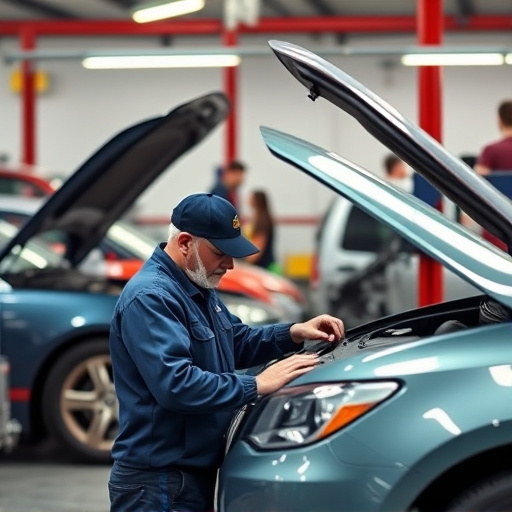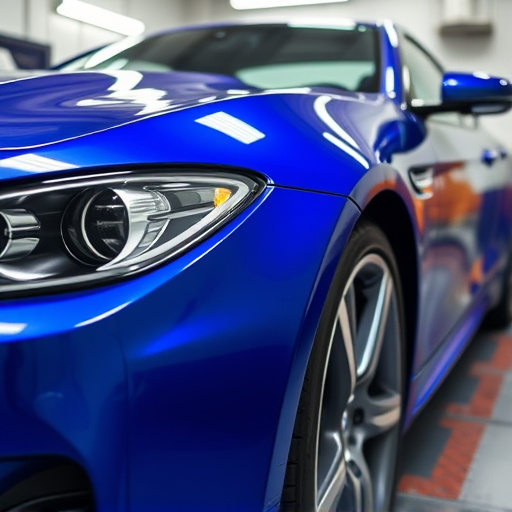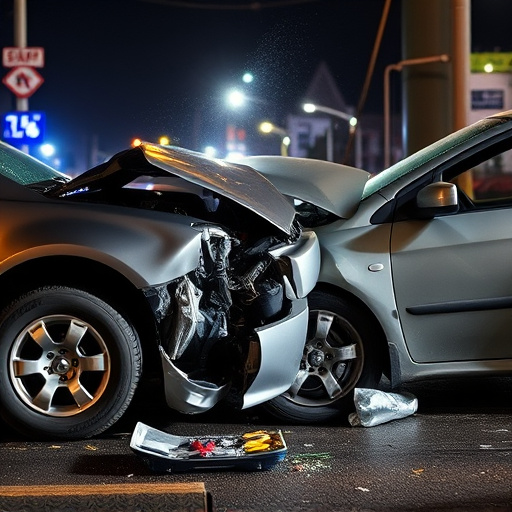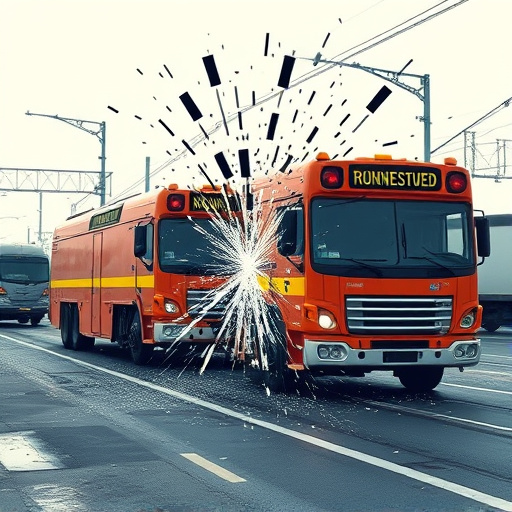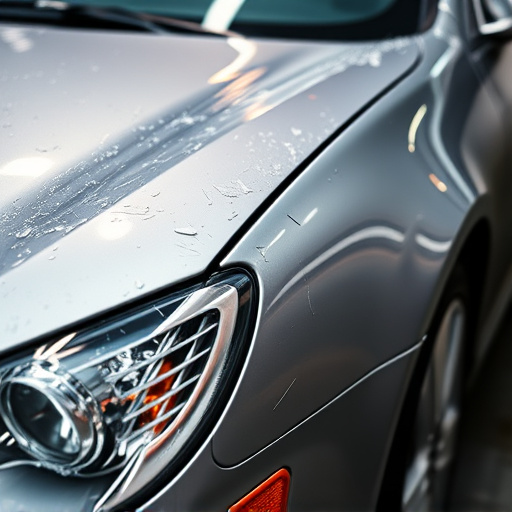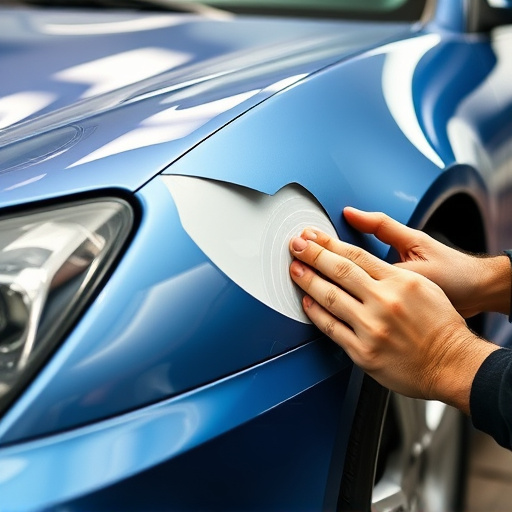Category: detailing after collision
Detailing After Collision: A Comprehensive Exploration
Introduction
In the intricate web of post-crash recovery, detailing plays a pivotal role, often serving as the invisible yet crucial thread that weaves together safety, aesthetics, and value retention. This article delves into the concept of “detailing after collision,” exploring its multifaceted aspects, global impact, economic implications, technological innovations, regulatory landscape, challenges, and promising future prospects. By examining these elements in detail, we aim to equip readers with a holistic understanding of this vital process and its significance in various industries worldwide.
Understanding Detailing After Collision: Unveiling the Core
Definition: Detailing after collision refers to the meticulous process of repairing and restoring vehicles post-accident, ensuring they meet safety standards while enhancing their visual appeal and resale value. It involves a comprehensive assessment, repair, and reconditioning of damaged areas, from structural integrity checks to cosmetic refinements.
Key Components:
- Safety Inspection: Rigorous examinations to identify structural damage, ensure safety mechanisms are intact, and comply with regulatory standards.
- Body Repair: Skilled technicians address dents, scratches, crumple zones, and frame misalignments, restoring the vehicle’s structural integrity.
- Paint Restoration: This involves removing scrapes, repairing minor dents, touch-ups, and reapplication of paint to match the original factory finish, ensuring a seamless appearance.
- Interior Refinishment: Cleaning, repairing, and replacing worn or damaged components inside the vehicle, such as seats, dashboards, and flooring.
- Mechanical Services: Diagnosing and rectifying any mechanical issues arising from the collision, ensuring the vehicle is road-ready and safe to operate.
Historical Context:
The practice of detailing after collision has evolved significantly over the years, driven by advancements in technology, safety standards, and consumer expectations. From early days when repairs were primarily focused on functional aspects, there’s been a growing emphasis on aesthetics and value retention. This shift can be attributed to changing consumer preferences, increased competition in the automotive industry, and the rise of specialized detailing services.
Global Impact and Trends: A World-Wide Revolution
“Detailing after collision” has transcended geographical boundaries, leaving its mark across diverse regions, each with unique characteristics and trends:
- North America: Known for its stringent safety regulations and advanced automotive technology, the United States and Canada have a well-established detailing industry. Here, there’s a growing trend towards personalized detailing services, with consumers demanding high-quality finishes that reflect their individual styles.
- Europe: With a robust automotive manufacturing sector, Europe has seen substantial investment in collision repair facilities. Countries like Germany and the UK are renowned for their precision engineering and quality standards, which extend to post-crash detailing.
- Asia Pacific: Rapidly growing economies in this region have led to an increase in vehicle ownership, driving the demand for efficient and cost-effective collision repair services. Japan, known for its meticulous craftsmanship, has influenced detailing practices across the region with its emphasis on precision and quality.
- Middle East and Africa: These regions are witnessing a surge in luxury car ownership, fueling the need for specialized detailing services. Dubai, for instance, is known for its opulent vehicle customization and detailing trends.
Economic Considerations: The Numbers Behind Detailing
The economic implications of “detailing after collision” are significant, impacting various sectors:
| Economic Aspect | Description |
|---|---|
| Market Dynamics | The global collision repair market, including detailing services, is projected to reach USD 230.5 billion by 2027, growing at a CAGR of 4.8% (Source: Grand View Research). This growth is driven by factors like rising vehicle ownership, stringent safety regulations, and increasing demand for high-quality repairs. |
| Investment Patterns | The sector attracts substantial investments from both traditional automotive players and specialized detailing companies. Modern collision repair facilities are equipped with advanced technology, including robotic welding and computer-aided design (CAD) systems, which enhance efficiency and precision. |
| Economic Impact | Detailing contributes to economic growth by supporting employment in various sectors: auto manufacturing, insurance, and specialized repair shops. It also influences consumer spending, as a well-detaied vehicle can retain its value better, impacting the secondary market. |
Technological Advancements: Revolutionizing the Process
Technological innovations have revolutionized detailing after collision, improving efficiency, precision, and customer satisfaction:
- Robotic Welding: Automated welding systems enhance accuracy and speed, reducing repair time and labor costs. They are particularly useful for complex panel repairs, ensuring minimal scrap loss.
- Computer-Aided Design (CAD): CAD software allows technicians to plan and execute repairs with precision, providing accurate measurements and angle calculations. This technology is valuable for panel replacement and body alignment.
- Paintless Dent Repair (PDR): PDR techniques use specialized tools to remove dents without sanding or repainting, resulting in faster repair times and minimal paint damage.
- Advanced Paint Technology: Modern paints offer enhanced durability, faster drying times, and better coverage, reducing the time spent on painting and refinishing.
- Digital Imaging and 3D Scanning: These technologies provide detailed digital records of vehicle damage, facilitating accurate insurance claims and ensuring consistent repairs.
Policy and Regulation: Shaping the Industry
The detailing industry is subject to various policies and regulations that ensure quality, safety, and consumer protection:
- Safety Standards: Organizations like the National Highway Traffic Safety Administration (NHTSA) in the US and Euro NCAP in Europe set stringent criteria for vehicle safety, including structural integrity after collisions. These standards guide detailing practices to ensure vehicles meet safety requirements.
- Environmental Regulations: Many regions have laws governing the disposal of automotive waste, especially hazardous materials used in paint and repair processes. Detailing businesses must comply with these regulations to minimize environmental impact.
- Consumer Protection Laws: These protect consumers from unfair practices, ensuring transparent pricing and quality services. Licensing and certification programs for detailing professionals are also common, guaranteeing a certain level of expertise.
- Industry Associations: Groups like the Automotive Body Repair Association (ABRA) in the US and the British Automobile Association (AA) provide guidelines, training, and advocacy for the industry, promoting best practices.
Challenges and Criticisms: Overcoming Obstacles
Despite its numerous benefits, “detailing after collision” faces several challenges that require strategic solutions:
- Skill Shortage: The industry often struggles with a shortage of skilled technicians, demanding targeted training programs to address this gap.
- High Insurance Claims: In some regions, high insurance deductibles and generous claims processes can encourage excessive repairs, leading to concerns about “profit-driven” detailing practices. To combat this, clear communication between insurers, repairers, and consumers is essential.
- Environmental Concerns: The environmental impact of the industry, particularly in terms of paint waste and energy consumption, necessitates adopting eco-friendly technologies and processes.
- Consumer Education: Many consumers are unaware of the intricacies of detailing, leading to misinformation. Educating customers about the value of quality repairs can foster trust and satisfaction.
Case Studies: Real-World Success Stories
Case Study 1: Germany’s Precision Detailing
In Germany, where automotive manufacturing is a cornerstone of the economy, detailing after collision has reached remarkable heights. The country’s strict safety standards and consumer expectations have driven the development of highly skilled technicians and advanced repair facilities. German car manufacturers like BMW and Mercedes-Benz set industry benchmarks for both vehicle quality and post-crash detailing, ensuring their vehicles retain premium values even after accidents.
Case Study 2: Japan’s Art of Detailing
Japan is renowned for its meticulous attention to detail, and this is evident in its collision repair industry. Japanese technicians are known for achieving near-perfect finishes, incorporating intricate handwork with advanced technology. The country’s unique culture of precision craftsmanship has influenced detailing practices globally, with many professionals seeking to emulate the Japanese standard of excellence.
Case Study 3: Dubai’s Luxurious Detailing
Dubai, a global hub for luxury and opulence, offers some of the world’s most extravagant detailing services. Here, vehicles are transformed into rolling works of art, featuring custom paints, intricate designs, and high-end interior refinements. The city’s thriving luxury car market fuels this industry, attracting enthusiasts from around the globe who seek to personalize their vehicles with unique detailing packages.
Future Prospects: Looking Ahead
The “detailing after collision” sector is poised for growth and innovation, driven by several emerging trends:
- Sustainable Detailing: With increasing environmental consciousness, there’s a growing emphasis on eco-friendly practices. This includes the use of water-based paints, recyclable materials, and energy-efficient repair technologies.
- Digital Transformation: The adoption of digital tools, such as augmented reality (AR) for training and remote consultations, will enhance efficiency and access to specialized knowledge.
- Personalized Detailing: Customers are demanding more customized detailing options, from unique paint schemes to interior configurations tailored to their preferences.
- Autonomous Repair Technology: Advances in robotics and artificial intelligence may lead to fully automated repair processes, revolutionizing the industry’s future.
- Global Standardization: As the industry matures, there is a potential move towards global standards for training, safety, and quality, ensuring consistent practices worldwide.
Conclusion: A Vital Process with Global Impact
“Detailing after collision” is not merely a post-accident repair process; it’s a complex, multifaceted industry that influences vehicle safety, aesthetics, and value retention. From its historical roots to its modern innovations, this field has evolved to meet the changing needs of consumers and the automotive sector. As we look ahead, the industry stands at the crossroads of technological advancements, environmental considerations, and personalized customer experiences, shaping its future trajectory.
FAQ Section: Answering Common Queries
Q: How do I know if a detailing service is reputable?
A: Look for certifications, industry associations’ membership, positive reviews, and transparent pricing. Reputable shops should also provide detailed estimates and communicate clearly about the repair process.
Q: Are there environmental concerns associated with detailing?
A: Yes, especially regarding paint waste disposal and energy consumption. Modern detailing practices focus on using eco-friendly materials and technologies to minimize these impacts.
Q: Can I customize my vehicle’s appearance through detailing?
A: Absolutely! Detailing offers a wide range of options for personalization, from simple touch-ups to complete interior and exterior transformations.
Q: How long does the detailing process typically take?
A: Repair times vary depending on the extent of damage. Minor repairs like touch-ups can be done in a few hours, while more complex jobs may take several days.
Q: What should I do if my insurance company recommends excessive repairs?
A: It’s crucial to get multiple estimates and consult with your insurance provider about their recommendations. Understanding your policy and rights is essential to ensuring fair and necessary repairs.
Master Detailing After Collision: Storage & Maintenance Tips
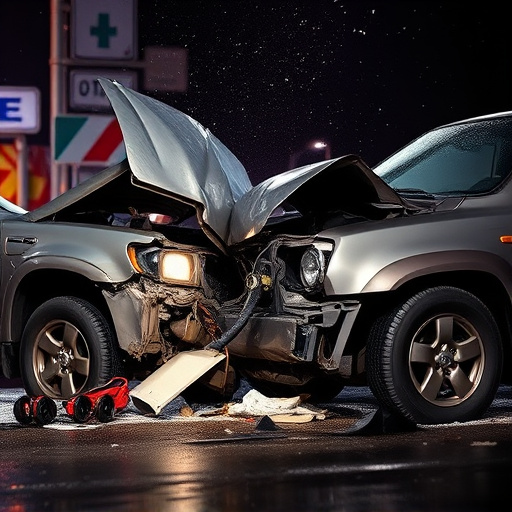
For effective detailing after a collision, invest in quality tools like brushes, vacuum cleaners, el…….
Master Detailing After Collision: Restore Your Vehicle’s Beauty
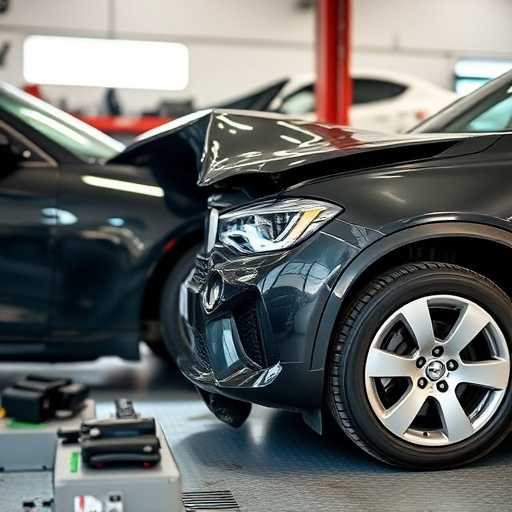
After a car collision, assess damage including exterior dents, scratches, and misaligned panels. For…….
Navigating Detailing After Collision Safety Regulations and Compliance

Meticulous detailing after a vehicle collision is vital for safety and regulatory compliance. This i…….
Detailing After Collision: Restoring Safety and Hygiene Integrity
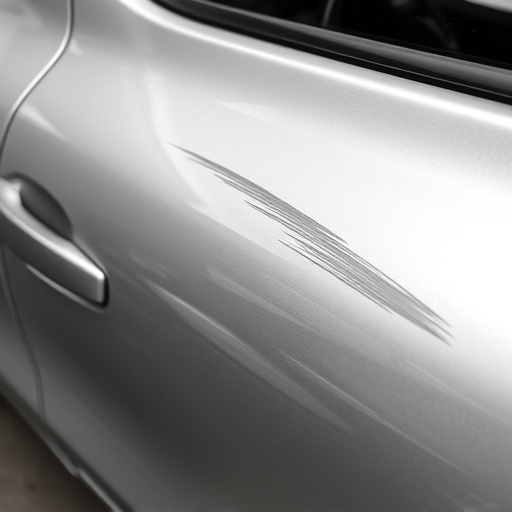
Detailing after a collision is crucial for both safety and hygiene. It involves a thorough inspectio…….
Mastering Detailing After Collision for Commercial Fleets

Collision damage assessment and detailing after collision are vital for commercial and fleet vehicle…….
Master Long-Term Detailing After Collision Results
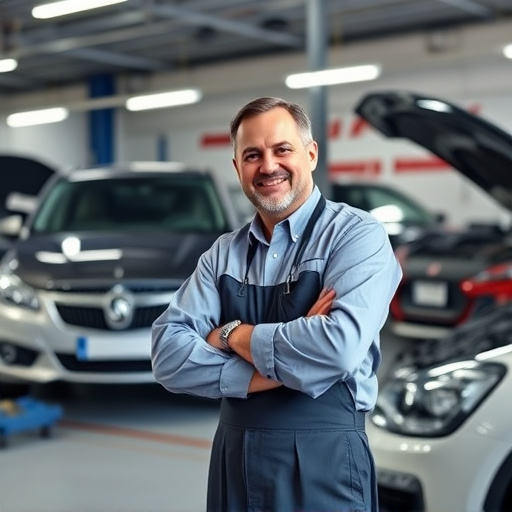
After a collision, thorough assessment and cleaning are vital for maintaining vehicle detailing. Use…….
Detailing After Collision: Boosting Resale Value Potential
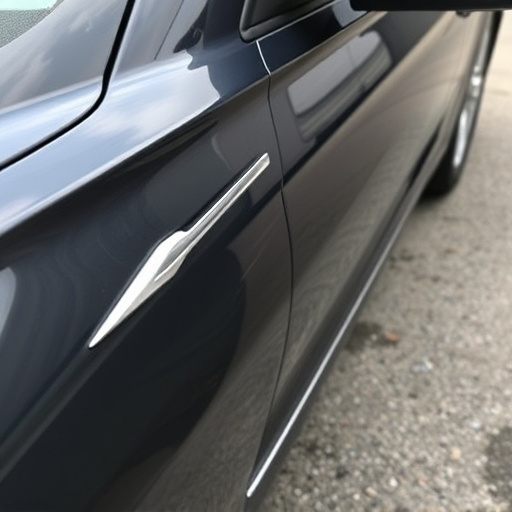
Detailing after a collision is key to maximizing resale value by mitigating damage effects. Skilled…….
Ensuring Quality: Visual Checks After Detailing Collisions
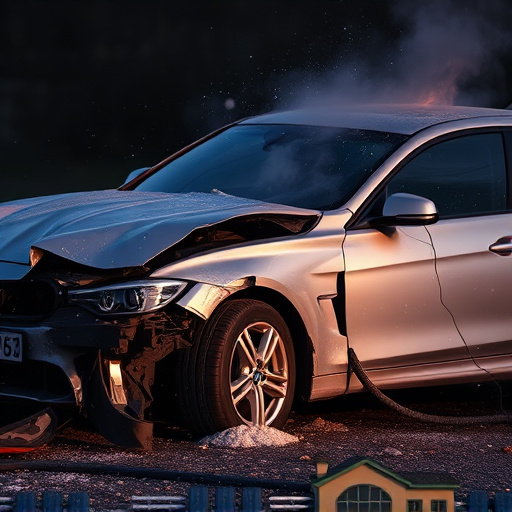
Restoring a vehicle post-accident demands strict adherence to detailing standards. This involves fra…….
Master Electric Vehicle Detailing After Collision Repairs
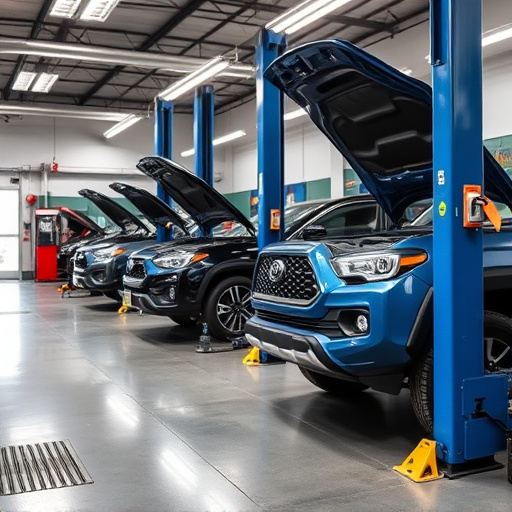
Electric and hybrid vehicles require specialized collision repair due to their unique components lik…….
